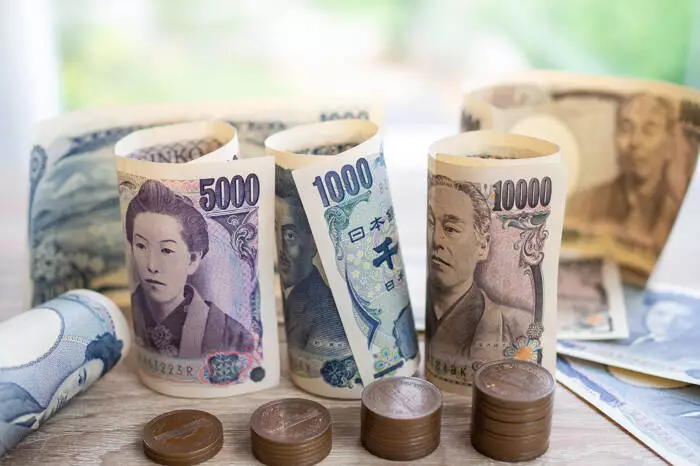The Founder, CEO, and CIO of ARK Invest, Cathie Wood, recently raised concerns about the discrepancies between the current 10-year Treasury bond yield and the Fed Funds Rate. Wood suggested that the metal-to-gold ratio indicates that the Treasury bond yield should be at around 2% today, rather than the 3.8% or 5% levels seen in recent months. She also questioned whether the Fed funds rate should be closer to 1% if the Treasury yield is indeed at 2%. This speculation raises important questions about the future trajectory of interest rates in the United States.
The Bank of Japan also announced its intention to return the policy interest rate to the neutral rate, projected at 1%. This move could have significant implications for the USD/JPY exchange rate, particularly if interest rate differentials between the US and Japan come into play. The outlook appears bearish for the USD/JPY, especially in light of concerns about the US labor market and calls for multiple rate cuts by the Federal Reserve.
Investors are advised to closely monitor FOMC Member speakers for insights on the US labor market, economic outlook, and interest rate trajectory, as these factors could influence demand for the USD/JPY. Recent data on US jobless claims has been mixed, with initial claims easing immediate concerns but continuing claims trending higher, indicating a softer labor market. This trend has led to expectations of multiple rate cuts by the Fed, potentially pushing the USD/JPY below key support levels.
Global Chief Economist Parker Ross highlighted the significance of the jobless claims report, noting the imbalance between layoffs and unemployed workers finding new jobs. This observation aligns with FOMC Member Thomas Barkin’s views on the US Labor Market, where firms are currently neither hiring nor firing. Trader sentiment in the USD/JPY market will heavily rely on central bank commentary, with support for Fed rate cuts and pressure on the Bank of Japan likely to trigger further volatility.
Technical indicators point to bearish price signals for the USD/JPY, with the exchange rate remaining below key moving averages. A breakout above resistance levels could indicate a potential upward trend, while a break below support levels could lead to further declines. The 14-day RSI suggests that the USD/JPY may drop below a critical support level before entering oversold territory, signaling a possible shift in market sentiment.
The impact of central bank commentary on USD/JPY trends cannot be understated. Market participants should remain vigilant and adapt their trading strategies based on real-time data, expert analysis, and central bank insights. The USD/JPY exchange rate is likely to experience heightened volatility in the coming weeks, as interest rate speculations and economic indicators continue to shape investor sentiment.

